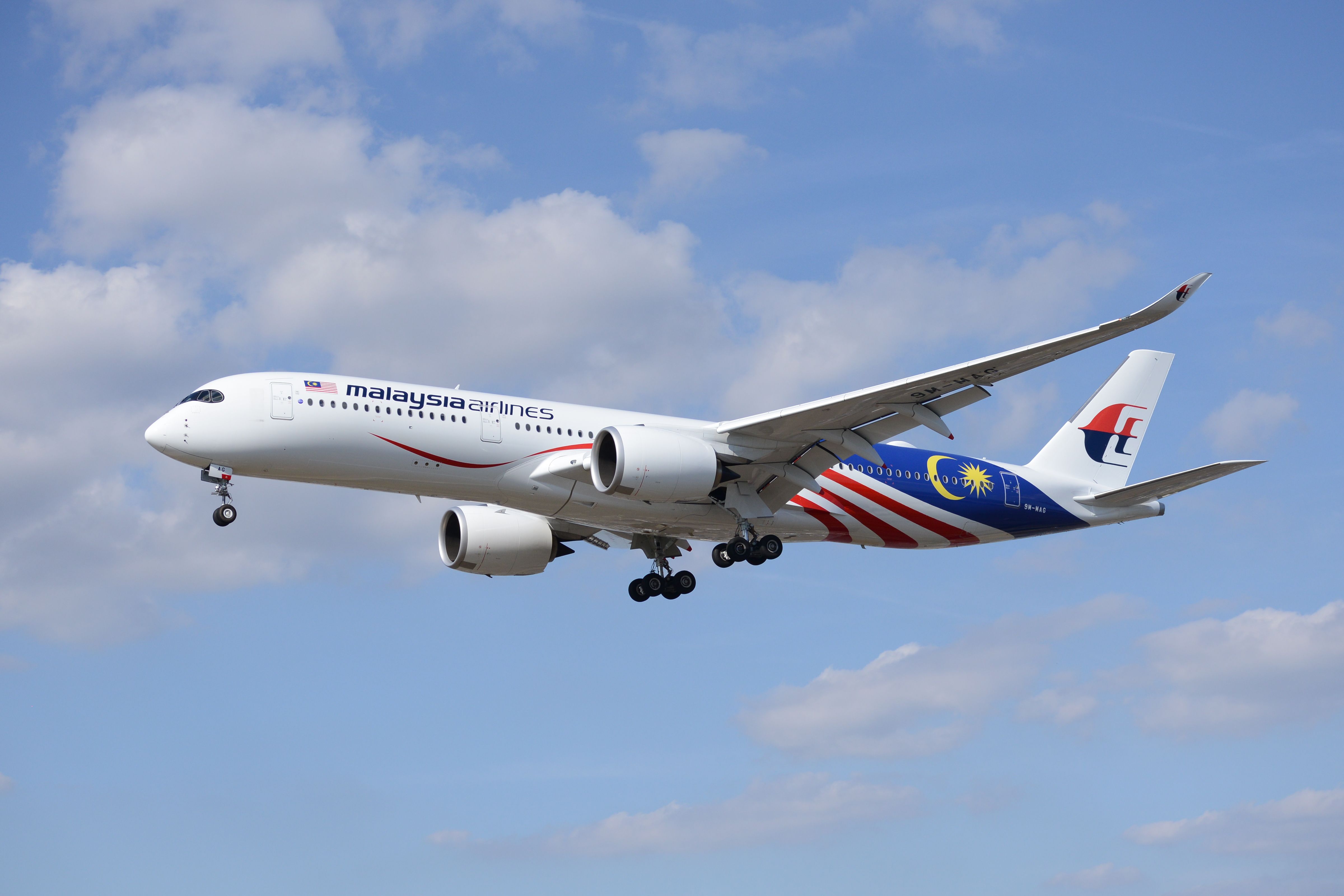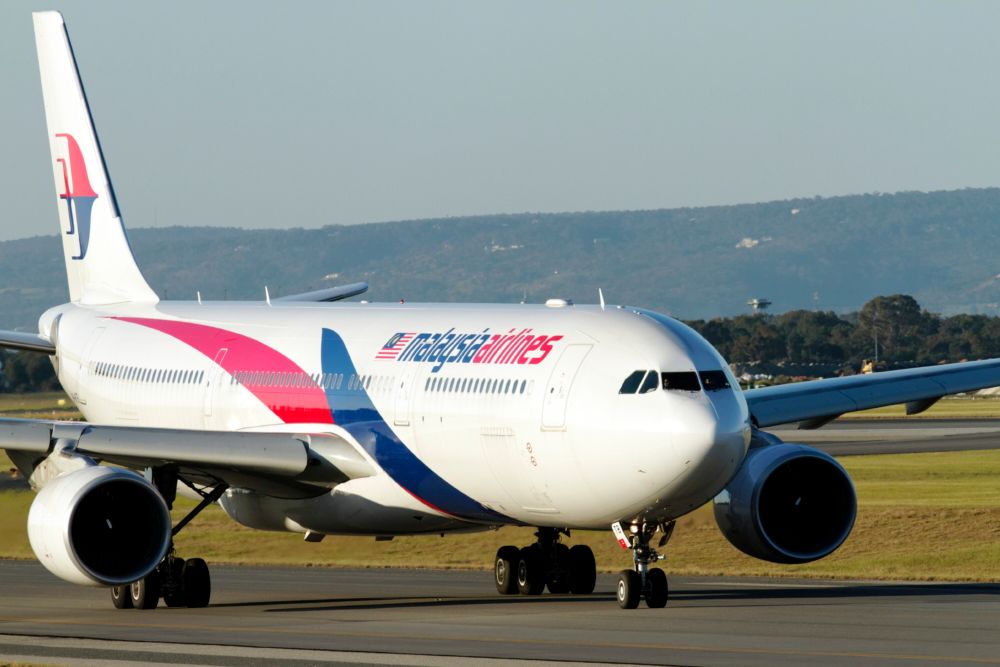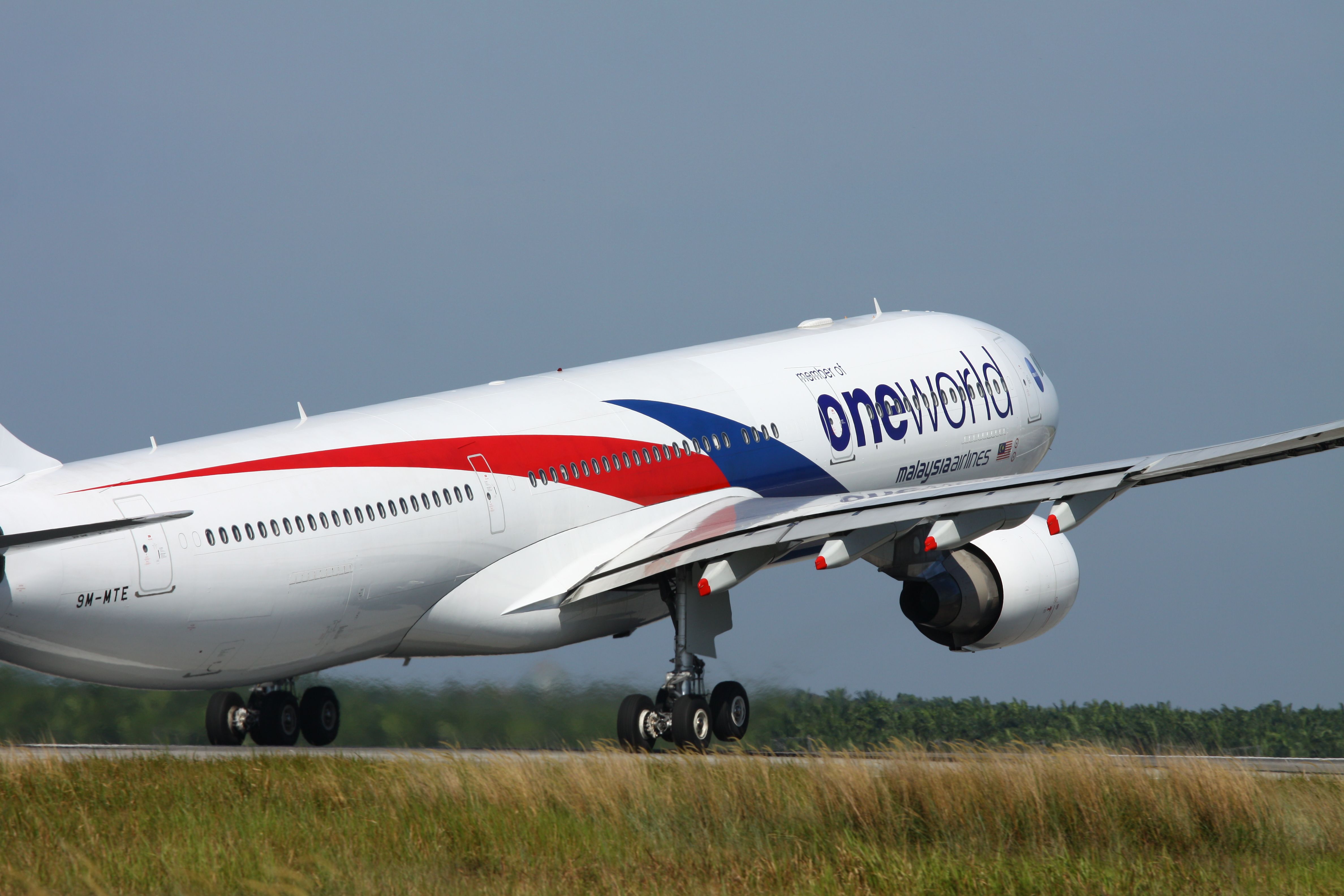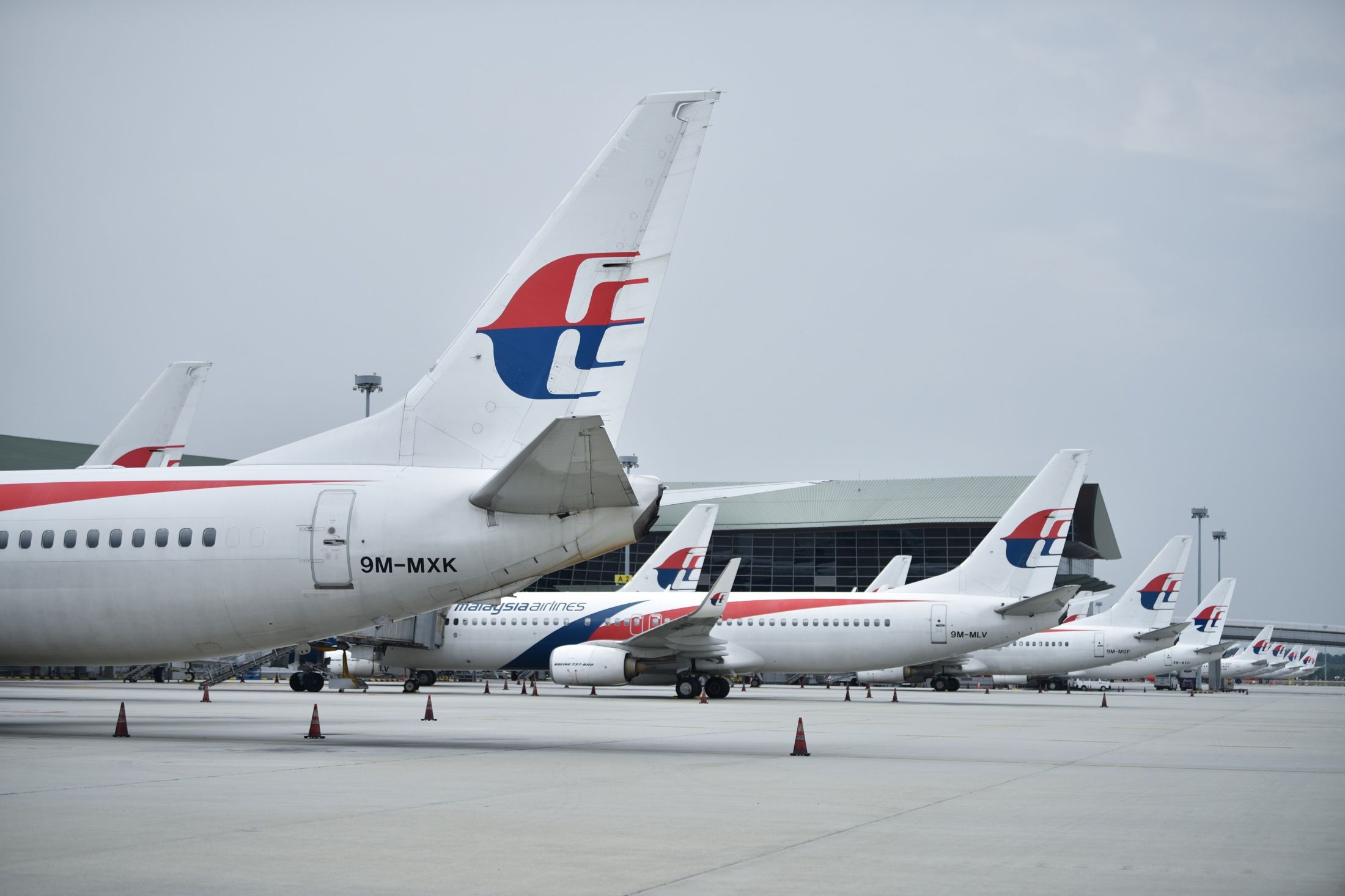As airlines soar through blue skies again, they have been given a chance to refocus on a challenging part at the heart of their service-induced business, elevating customer service for their passengers. Seeing how digitalization has paved the way for its passengers' convenience, Malaysia Airlines has decided to introduce MHPay, a new alternative digital payment method for passengers to enjoy even more incredible comforts.
Seamless and secure
In collaboration with the International Air Transport Association (IATA) through the organization's own IATApay and powered by 2C2P as a full-suite payments platform, MHPay offers a cost-effective payment alternative with a quick transaction time of less than a minute for end-to-end flow, depending on the connectivity. Such an alternative has been proven to lower payment fraud cases, further emphasizing the airline's commitment in ensuring utmost payment security.
Group Chief Marketing and Customers Experience of Malaysia Airlines, Lau Yin May, said:
"We are thrilled to launch MHPay as a testimony to our digitization initiatives while we continue innovating to fulfill evolving business and customer needs and respond to the rise of digitally savvy consumers. Customers will benefit from MHPay as it offers a fast and secure way to purchase real-time airline tickets online and through our mobile app, with no additional service fees."
All in one
The Malaysian national carrier's alternative payment method is also designed to complement the airline's entire array of digitalized payment methods. Known as a relatively digitalized airline, Malaysia Airlines offers online payments such as the omnichannel Buy Now Pay Later platform, the Journify mobile application, and various other online payment methods. With MHPay, the oneworld member airline aims to enhance the overall experience for its passengers by providing greater access to all payment options through a single integration point.
For the first phase of the launch, Malaysia Airlines will roll out MHPay in India, whereby the national carrier operates to five destinations in Bengaluru, Chennai, Delhi, Hyderabad, and Mumbai. Passengers can use MHPay through a preferred online bank and benefit from more convenient and secure digital payment solutions.
MHPay offers a real-time payment option that uses united payments interface rails with more than 90% of retailing banks from the Indian market that supports account-to-account payments without using a credit or debit card. This way, passengers traveling to and from India need not worry about horrid exchange rates and service fees.
Discover more aviation news with Simple Flying.
While it remains uncertain when the airline will roll out MHPay to other countries, May highlighted that MHPay was just the latest initiative by Malaysia Airlines to reassure its passengers that the Malaysian Hospitality is more than just a tagline for the airline, saying:
"This reinforces our commitment to enhancing the customer experience, and we intend to expand more networks shortly. As travel demand rises, we encourage travelers to take advantage of this opportunity to visit new places and fly confidently with Malaysia Airlines."
Bottom line
Malaysia Airlines currently operates almost 30 weekly flights to India and will be gradually increasing frequencies considering the strong demand from the country, which makes it understandable why MHPay will have its first rollout there. The launch of MHPay could also be a further tease to the possibility of the Malaysian carrier adding new routes to the Indian market, as the airline used to fly 60 weekly pre-pandemic flights and is looking to achieve pre-pandemic capacity by the end of this year.




